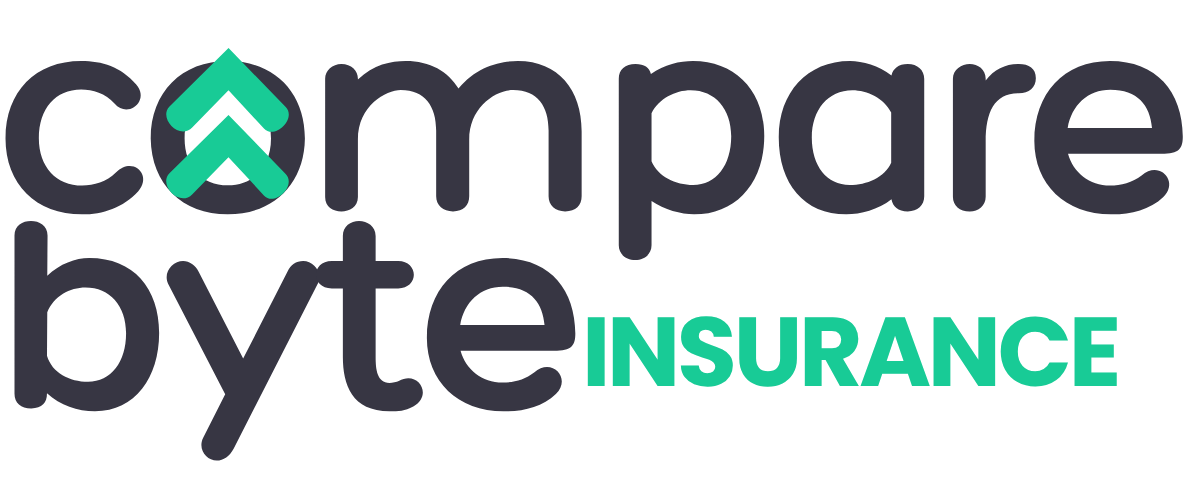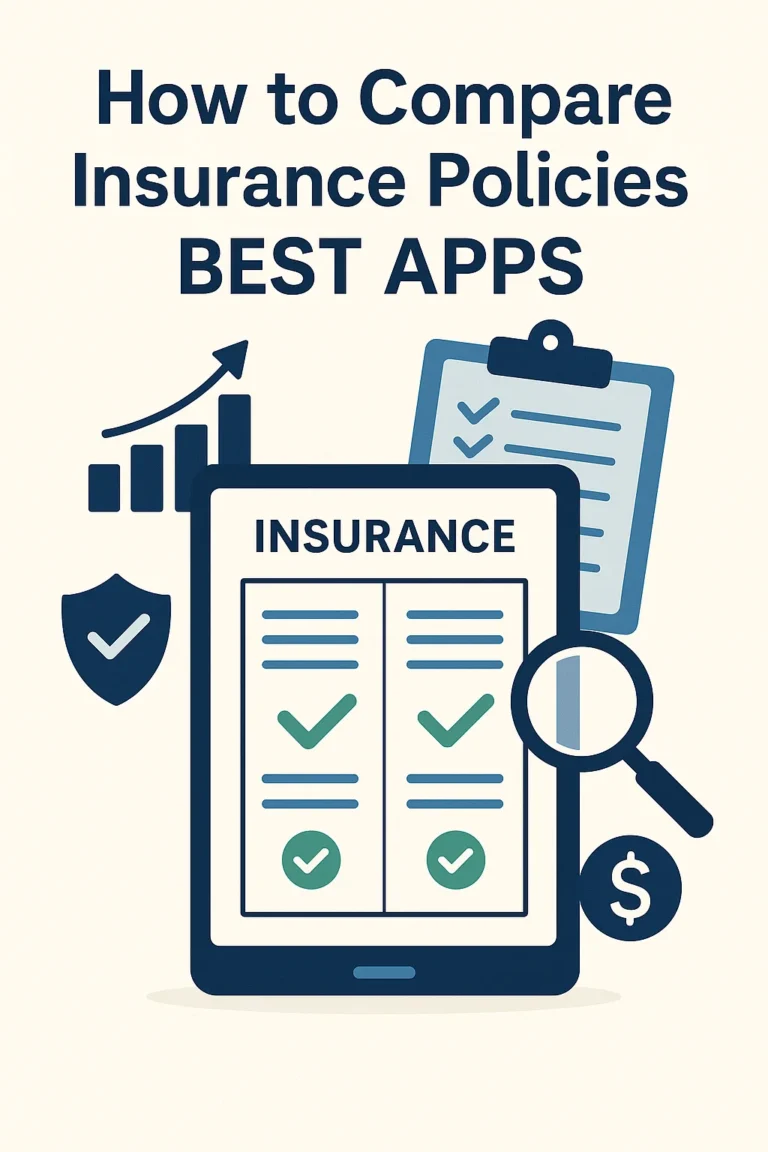When choosing an insurance policy, one of the most crucial elements to understand is the deductible. A deductible is the amount you must pay out of pocket before your insurance coverage kicks in. It’s a key factor that influences your premium, your risk exposure, and your overall financial strategy.
In this comprehensive guide, we compare high deductibles and low deductibles across different types of insurance, highlight their pros and cons, provide real-world scenarios, and offer expert recommendations on how to choose the best option for your needs.
Detailed Overview of the Two Deductible Types
High Deductible Insurance Plans
High deductible plans require the policyholder to pay more out-of-pocket before the insurance starts to cover expenses. These are common in health, auto, and property insurance markets.
One of the main appeals of high deductible plans is the reduced premium. Insurers charge lower premiums because they are less likely to pay for small claims. These plans are especially popular among younger, healthier individuals or low-risk drivers who rarely file claims.
However, the trade-off is significant. If an emergency or accident occurs, the policyholder is responsible for a larger upfront cost. This can be financially burdensome if savings or emergency funds are not readily available.
High deductible plans are often paired with Health Savings Accounts (HSAs) or other tax-advantaged savings tools, allowing users to set aside money for medical expenses on a pre-tax basis.
They’re also common in catastrophic coverage where the policy is designed for large, unexpected expenses rather than everyday costs.
Low Deductible Insurance Plans
Low deductible plans mean that the policyholder pays less out of pocket in the event of a claim. The insurance provider starts paying after a relatively small financial contribution by the insured.
These plans offer peace of mind, especially for individuals with chronic health issues or those who drive frequently in high-risk areas. The ability to receive reimbursement or support from the insurer quickly makes them attractive to a wide demographic.
The downside is that premiums are usually higher. Insurance companies price in the increased likelihood of paying for more frequent or smaller claims.
Low deductible plans work well for those with tighter cash flow or who value financial predictability. They are ideal for families with dependents, elderly individuals, or drivers with a history of claims.
In home insurance, for example, low deductibles make it easier to cover frequent damages like storm-related repairs, especially in regions with volatile weather patterns.
Comparison Tables: Advantages and Disadvantages
Table 1: High Deductible vs Low Deductible — Summary
| Feature | High Deductible | Low Deductible |
|---|---|---|
| Monthly Premium | Lower | Higher |
| Out-of-Pocket Costs in Claims | Higher | Lower |
| Risk Tolerance Required | Higher | Lower |
| Best For | Healthy individuals, high savings | Families, chronic conditions |
Table 2: Financial Impact of Deductible Levels (Car Insurance Example)
| Scenario | High Deductible ($1,500) | Low Deductible ($500) |
|---|---|---|
| Monthly Premium | $80 | $140 |
| Accident Repair Cost ($3,000) | $1,500 paid by you, $1,500 insurer | $500 paid by you, $2,500 insurer |
| Total Annual Cost (Premium + One Claim) | $2,460 | $2,180 |
Which Deductible Option is Better for Your Situation?
For Young, Single, and Healthy Individuals
If you rarely visit a doctor and have a clean driving record, a high deductible plan might make financial sense. Your risk is low, and the premium savings can be significant over time.
For Families with Children
With kids, you’re likely to encounter more claims, whether for medical visits or accidents. A low deductible plan ensures faster insurance support, reducing financial stress.
For Freelancers or Gig Workers
Those without steady employer insurance might benefit from high deductible health plans (HDHPs) combined with HSAs to control long-term costs while preparing for unexpected expenses.
Real User Reviews and Scenario Examples
“I saved nearly $700 a year by switching to a high deductible health plan. I only go to the doctor once or twice a year, so it made sense for me.” — Sarah, 29, Freelance Designer
“Our toddler had three ER visits in one year. Having a low deductible plan helped us avoid major bills and sleep better at night.” — James and Laura, 34 & 36, Parents of Two
“After a minor car accident, I had to pay $1,500 before my coverage started. I hadn’t budgeted for that, and it was tough.” — Kevin, 42, Sales Executive
These real-life examples show that choosing the right deductible is not only about math—it’s about lifestyle, risk tolerance, and preparedness.
Conclusion and Recommendation
Understanding your insurance deductible is essential to making a smart, informed decision. High deductible plans are excellent for those who prefer lower monthly costs and can handle occasional large expenses. Low deductible plans, meanwhile, offer stability and quicker access to benefits in times of need.
Our recommendation: If you have consistent income and an emergency fund, a high deductible may be ideal. But if you have dependents, frequent medical needs, or limited savings, opt for a low deductible plan.
Make sure to compare your plan options using resources like Healthcare.gov or the official site of your state insurance department.
Need More Guidance?
Explore our related articles:
Take Control of Your Insurance Costs
Whether you’re shopping for a new policy or reviewing your current coverage, understanding deductibles can save you hundreds—or even thousands—of dollars. Evaluate your situation, crunch the numbers, and make a choice that aligns with your financial goals.
Ready to find the best deductible option for you? Start by comparing trusted plans tailored to your needs now!






